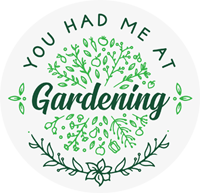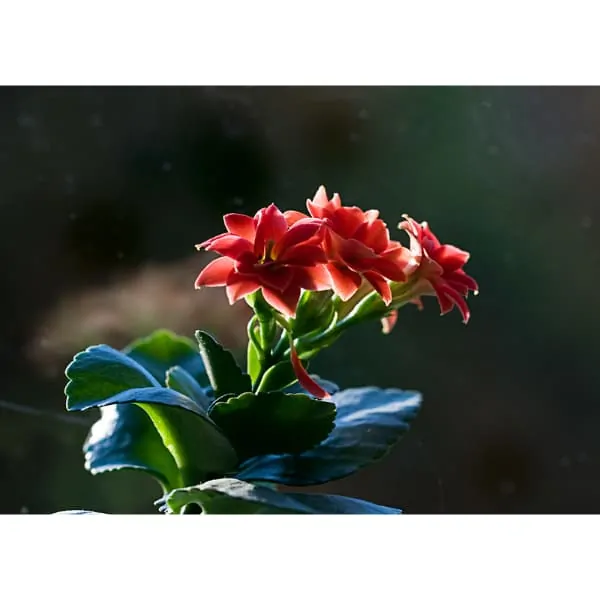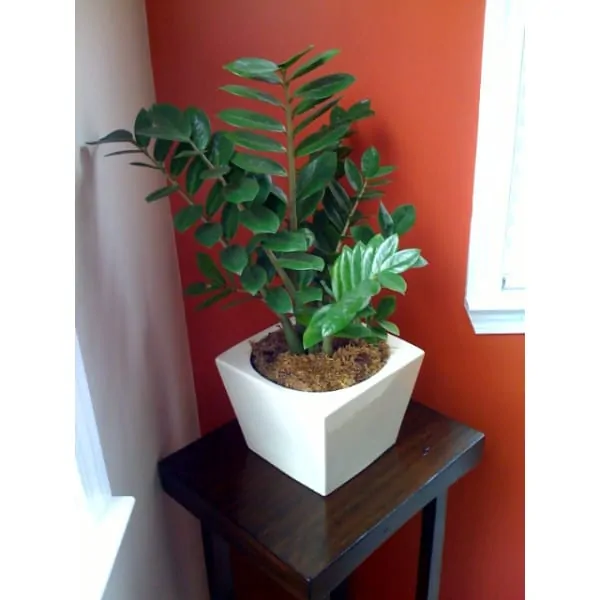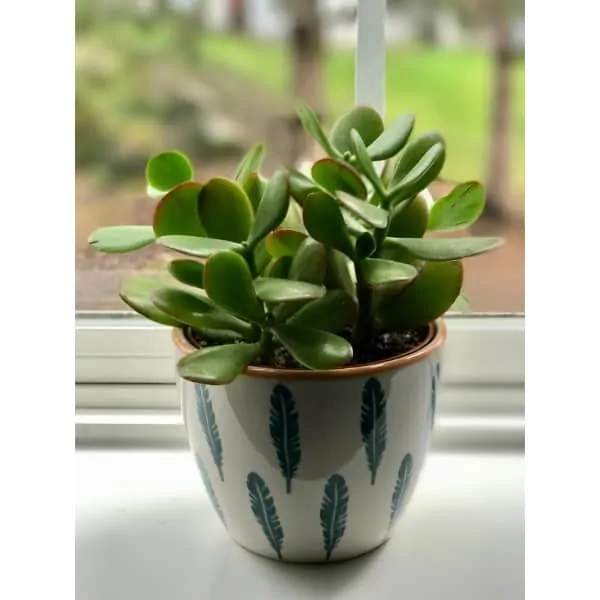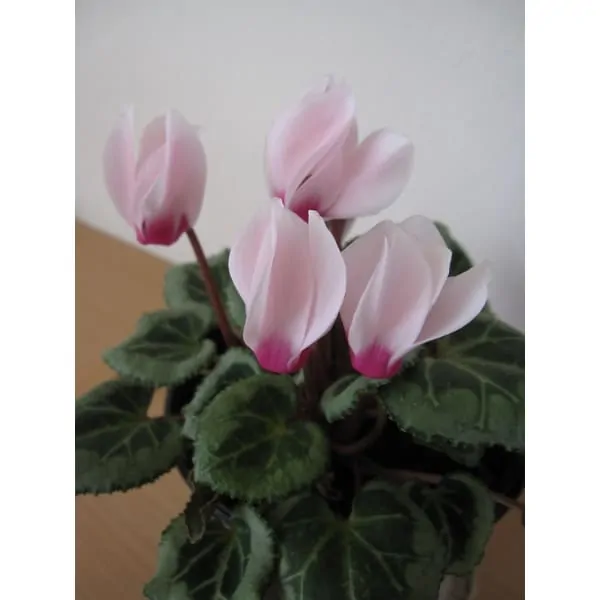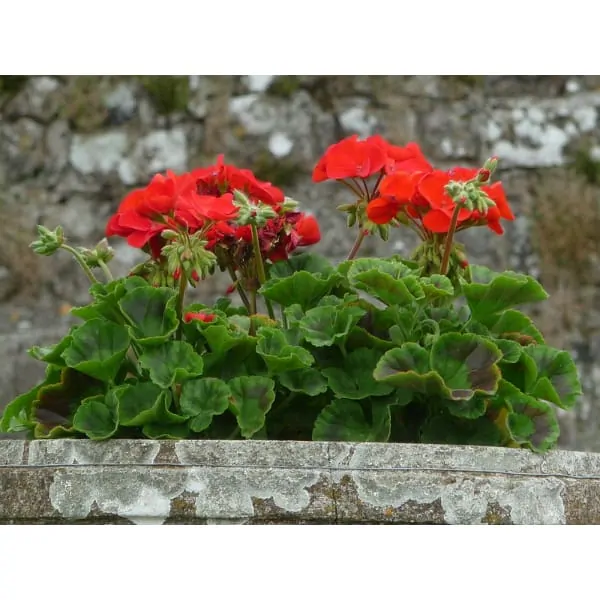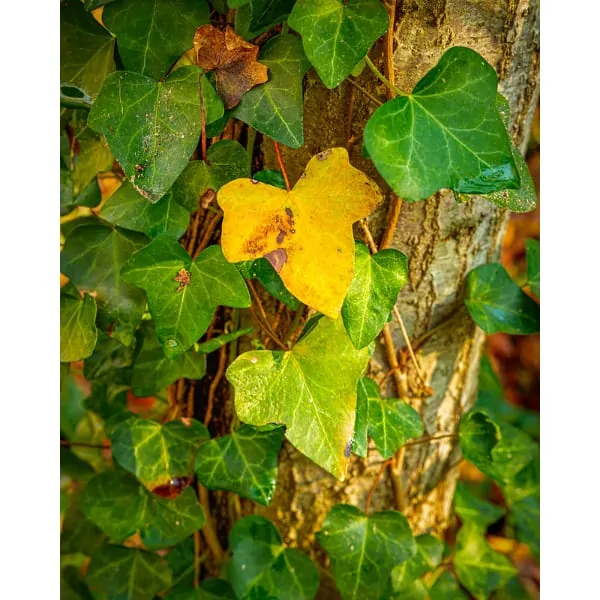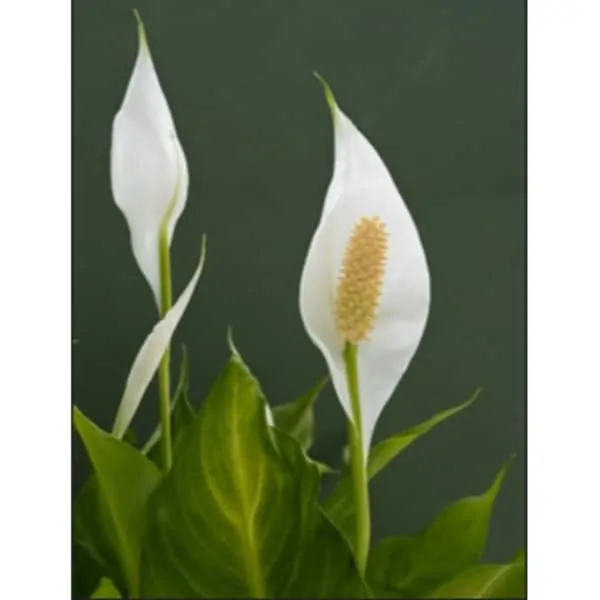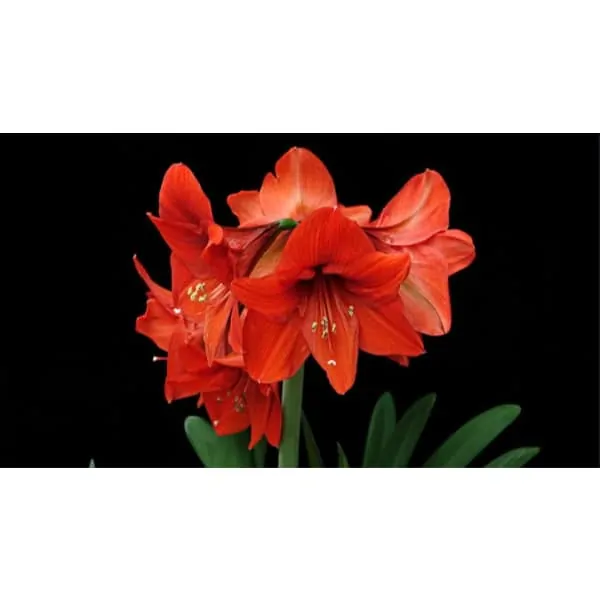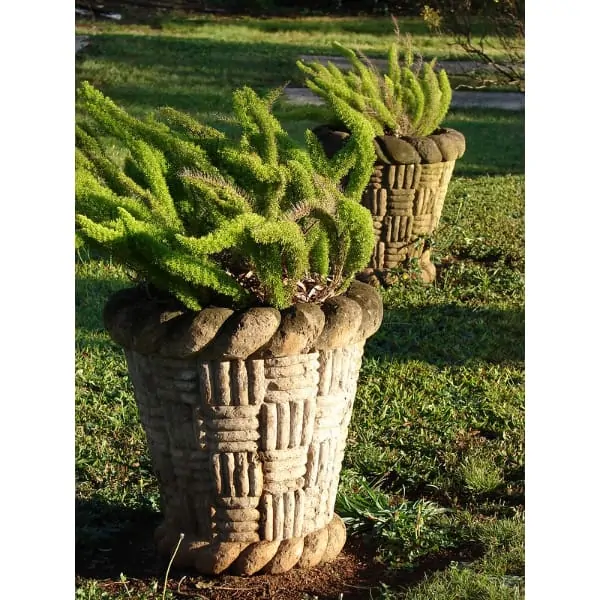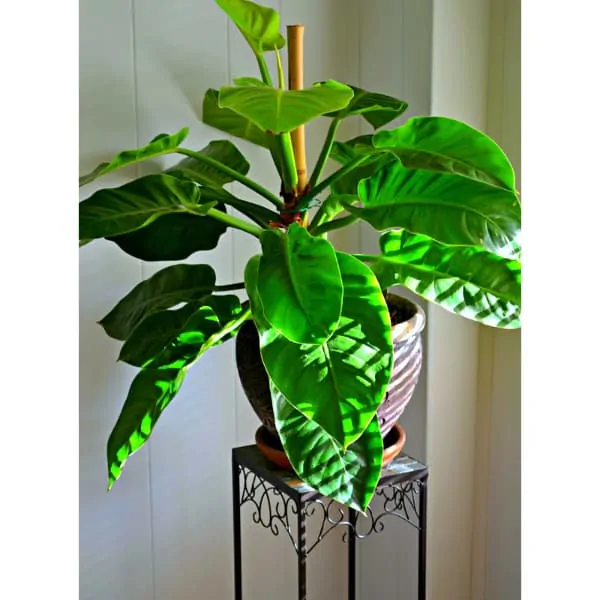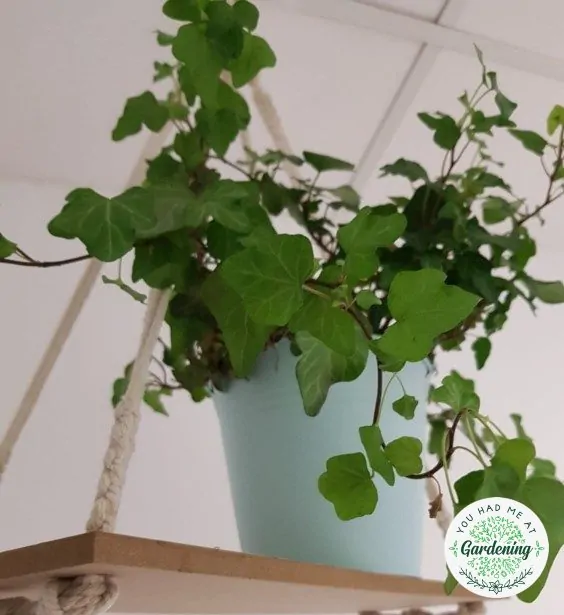10 Common House Plants Poisonous To Pets
Before starting a garden, check out this list and see which of the plants you want to grow shouldn't be grown around four-legged companions!
Plants Poisonous To Pets: Garden Safety 101
Are you an aspiring gardener who also has a cat or a dog or both? Or are you a long-time plant-parent who is looking to get a pet as well? Either way, you will soon have a pet interacting with your plants. So it’s time to see which of the most common plants poisonous to pets you have in your house! Here are ten of them, but keep in mind that there are others, so it’s best to check them all. Each plant will be cataloged by toxicity in low, mild, moderate, and high.
Top 10 Plants Poisonous To Pets
1. ZZ Plant
This large indoor plant is very tolerant of low light and drought and it is a great way to bring some green in a home or office with very little effort. Taking care of a ZZ plant is a breeze since it requires little light, little water, and room temperatures. As easy as it is to grow, though, it is mildly toxic to pets, especially young ones, prone to chewing. Effects include irritations of the mouth, nose, burning, and drooling.
TOXICITY: MILD
2. Jade Plant
This succulent grows relatively tall, compared to others of its kind, and it is valued especially for its round, plump, dark green leaves. We have a complete care guide for it if you want to learn more about how to grow it, but keep in mind, if eaten, it will cause discomfort, nausea, and vomiting in cats and dogs. Puppies and kittens are especially vulnerable because they are prone to chewing.
TOXICITY: LOW
3. Cyclamen
They seem to be the flower of the season, always mentioned around Christmas, but you can grow them in pots all year round. Cyclamens bloom with bright, showy flowers, but you should keep them away from pets. The toxic parts are underground but better safe than sorry. Quantity determines the effects, from just a little extra salivation to convulsions and cardiac problems at high intake.
TOXICITY: LOW TO MODERATE
4. Kalanchoe
Grown as a houseplant for its beautiful flowers, this succulent thrives on sunny windowsills. Here is a complete guide on how to take care of this plant! It will, however, be sharing a spot with cats, so keep in mind that all parts of the plant are toxic. Effects include diarrhea, vomiting, and on rare occasions, an abnormal heart rhythm.
TOXICITY: MODERATE TO HIGH
5. Geranium
This showy bush is a perennial best planted in fall that blooms with large clusters of colorful flowers. It is a staple of classic, rustic gardens and as a hanging plant on balconies and windowsills. If you plan on growing geraniums, make sure that your dogs do not have access to them. Animals tend to stay away from them, but if touched, geraniums can irritate the skin and cause vomiting if ingested.
TOXICITY: MILD
6. English Ivy
We last spoke of the English ivy as a low-growing perennial and groundcover, but it can be grown indoors as well. Its long stems can be attractive to cats and playful dogs, so be careful where you keep it. If eaten, it can cause vomiting, drooling, and abdominal pains.
TOXICITY: MODERATE
7. Peace Lily: Poisonous to pets and humans
This low-light plant is mildly poisonous to people as well, so if you have pets or small children it’s best you pick another easy plant to grow in your house. While it is not extremely dangerous, this lush green plant can cause irritation of the mucous membranes such as the inside of the nose and mouth and difficulty swallowing.
TOXICITY: MODERATE
8. Amaryllis
Amaryllis is an impressive flowering plant that blooms in a wide range of colors and can be forced to bloom at any time of year in the right conditions. However, this plant is mildly toxic, and while not as dangerous as other lilies, it still causes vomiting and low blood pressure, as well as abdominal pain and loss of appetite.
TOXICITY: MILD
9. Asparagus Fern
A relative of the edible asparagus, this fern is practically impossible to kill, unlike its domestic counterpart. It is highly decorative and it can be grown in containers as well as directly in the flowerbeds. Dogs should not be allowed near it though, because the shape of its leaves and its berries might be attractive to them. Eating any part of this plant, especially the berries, can cause stomach upset, vomiting, and diarrhea.
TOXICITY: MILD
10. Philodendron Plants Poisonous To Pets
All the many types of philodendron are mildly toxic to pets. Eating any part of these plants can cause irritation on the mucous membranes, difficulty swallowing, and vomiting. Be careful where you place these plants because they are easy to take care of, but not exactly pet-friendly.
TOXICITY: MILD TO MODERATE
How To Still Grow Plants That Are Poisonous To Pets
Hanging gardens are a great alternative to placing plants on windowsills and the floor. If your plants are small enough and tolerate hanging conditions, that is a great option to have available. Other options would be to grow toxic plants in the office, where pets are either not allowed or kept under supervision. In your home, you can try growing these plants in a room or space where pets do not have access. For dogs, lifting the plants on tall enough plant stands should be enough, and cats rarely eat on random leaves. However, take all precautions.
Alternatively, you can grow non-toxic plants. For example, turmeric resembles the asparagus fern in terms of leaves, but all parts of it are edible. Ask your gardening store if the plants you want to buy are toxic for pets and if there are non-toxic alternatives that look similar.
Food For Thought
Do you have any of these plants in your house, along with pets? How do you keep them separated? Let me know what you think about keeping plants poisonous to pets in the house, how you do it, and if you had any scares because of this. The comments section is open!
